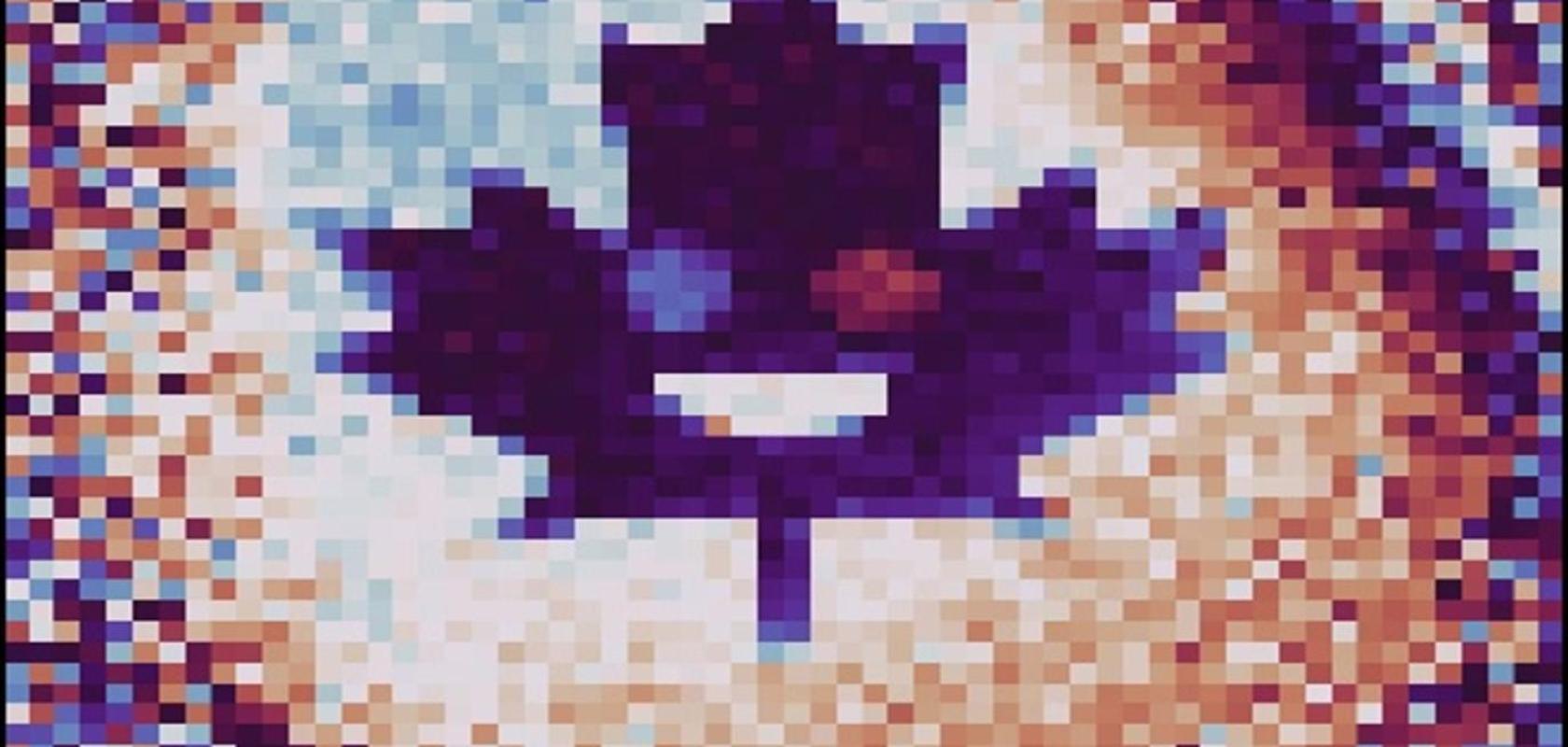Researchers from the University of Ottawa and Imperial College London have developed a new ‘quantum-inspired’ holography technique that uses lasers to render a 3D image.
Led by Dr Benjamin Sussman, adjunct professor of physics in the Faculty of Science at the Univeristy of Ottawa, the researchers aimed to record and reconstruct extremely faint light beams.
The University of Ottawa says the team’s work could enhance 3D scene reconstruction and be used in applications such as autonomous vehicles and augmented reality, as well as in fields such as astronomy, nanotechnology, and quantum computing.
"The quantum-inspired holography technique introduced by our team presents two significant advantages over traditional holography methods,” says Sussman. “Firstly, it showcases remarkable resilience to mechanical instabilities such as vibrations during the hologram recording process. Unlike conventional holography, which necessitates short exposure times due to susceptibility to vibrations, this new technique enables researchers to record holograms for extended durations, ensuring superior precision. And secondly, our new technique can be employed to record holograms of self-luminous or remote objects.”
The University of Ottawa says this opens up possibilities such as characterising the spatial shape of single photon emission from quantum dots and single atoms.
Sussman went on to say: “The research team’s achievements were made possible through advancements in quantum imaging and the availability of cutting-edge commercial camera technology,” adding, “By utilising advanced cameras that provide precise timing and location stamps whenever they detect a single particle of light, we were able to resolve the necessary correlations for recording holograms. This breakthrough highlights the synergy between quantum research and technological developments.”
Traditional photography captures scene intensity, while holography incorporates phase information. Although holography utilises amplitude interference, the team’s new technique employs a different type of interference.
“Our holograms record the correlations between the intensities of two light sources,” says Dr Guillaume Thekkadath, the paper’s lead author. “These correlations can reveal quantum interference effects even in single photons.”


